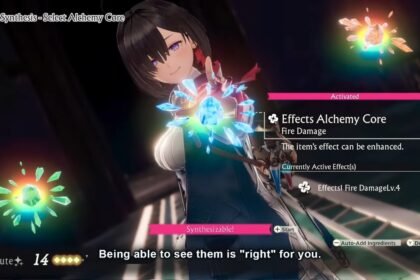The anime series “Carole & Tuesday” has garnered attention for its representation of diverse characters, including those from the LGBTQ+ community and people of color. However, there has been controversy surrounding the show’s portrayal of these characters, with some viewers criticizing the misrepresentation and perpetuation of harmful stereotypes. In this article, we will explore the representation and controversy surrounding “Carole & Tuesday” and delve into the various perspectives on the matter.
The Promise of Representation
“Carole & Tuesday” initially garnered praise for its promise of diverse representation. The show introduced characters from the LGBTQ+ spectrum and showcased black characters beyond the typical anime stereotypes. This inclusivity was seen as a step forward in anime, which has often been criticized for its lack of diversity. The anticipation for the show’s release was fueled by the hope that it would provide authentic and positive representation for marginalized communities [1].
Problematic Portrayals
Unfortunately, as the series progressed, it became apparent that “Carole & Tuesday” fell short in its representation of LGBTQ+ characters. One of the most glaring examples is the character Dahlia, a hermaphrodite who is portrayed as a violent and unstable individual. This portrayal perpetuates harmful stereotypes about gender identity and suggests that being non-cisgender is synonymous with being dangerous. Furthermore, the show conflates being a hermaphrodite with being transgender, failing to make a distinction between the two [1].
Another problematic portrayal is that of Cybelle, a non-binary character who becomes obsessed with one of the main characters, Tuesday. Cybelle’s actions escalate from stalking to physically harming Tuesday, culminating in an acid attack. This storyline not only demonizes a minority group but also fails to address the real threats that stars face from unhinged fans, which are predominantly perpetrated by straight men [1].
Further Readings: Modern Shonen Anime is Redefining Female Representation
Missed Opportunities for Positive Representation
In addition to the problematic portrayals, “Carole & Tuesday” also misses the mark in its attempts at diversity. The show introduces a singing group that appears to be a parody of drag queens, but they are quickly portrayed as violent after being disqualified from a singing competition. This reinforces the harmful stereotype that non-cisgender individuals are prone to violence [1].
Furthermore, the limited representation of black characters in the show is also problematic. One black artist, Skip, is introduced wearing a prison jumpsuit and is associated with drug use. Another black character appears briefly to demonstrate a “cool” fist bump before disappearing. These portrayals perpetuate negative stereotypes and fail to provide meaningful representation for black characters [1].
Perspectives on the Controversy
The controversy surrounding the representation in “Carole & Tuesday” has sparked discussions among viewers and critics. Some argue that the show’s misrepresentation is a result of ignorance or insensitivity on the part of the creators. Others believe that the missteps in representation are a reflection of broader issues within the anime industry. Which has historically struggled with diversity and inclusivity. However, there are also those who defend the show, highlighting its positive aspects such as catchy songs and the development of the friendship between the main characters [1].
Conclusion
“Carole & Tuesday” initially held promise as an anime that would provide authentic and positive representation for marginalized communities. However, the show ultimately fell short in its portrayal of LGBTQ+ characters and people of color. The misrepresentation and perpetuation of harmful stereotypes have sparked controversy among viewers and critics. While the show has its merits, such as catchy songs and character development. It is important to critically examine its portrayal of diverse characters and hold it accountable for its missteps in representation.













